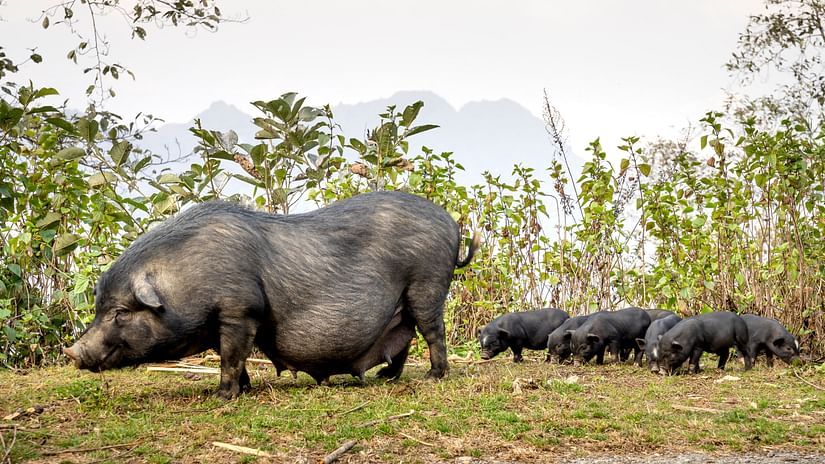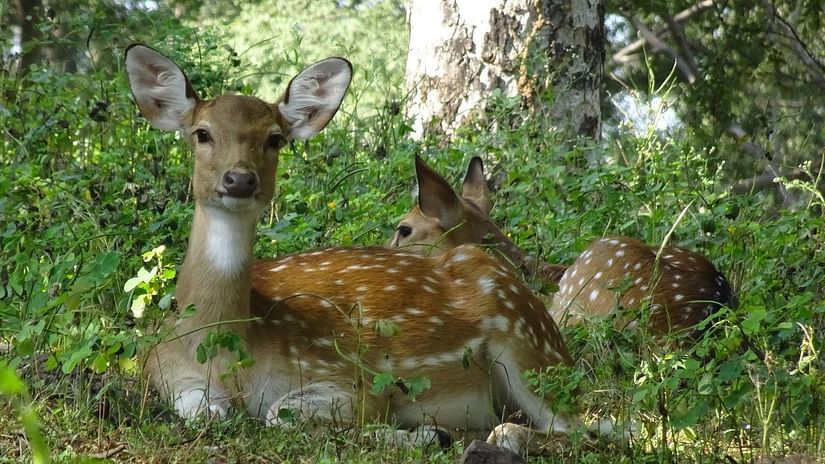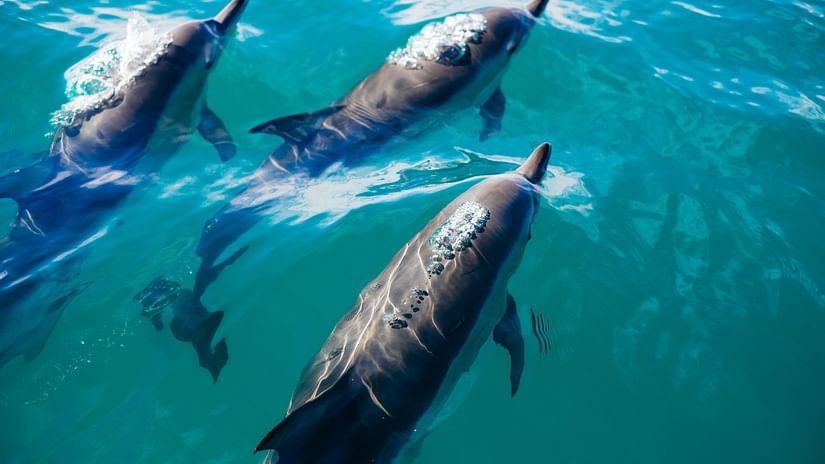- Stargazing in Andaman
- Photoshoot in Havelock
- Celebrate New Year in Port Blair
- Andaman History Guide
- Christmas in Andaman
- Chennai to Port Blair Trip
- New Year in Andaman & Nicobar Islands
- The Perfect Andaman and Nicobar Resort
- Corbyn’s Cove Beach
- Light and Sound Show Port Blair
- Port Blair to Havelock Distance
- Ross Island Port Blair Through the Seasons
- Sea Walk Havelock: An Unforgettable Underwater Adventure
- Sunrise in Neil Island
- Scuba Diving, Port Blair
- Glass Bottom Boat Ride, Havelock
- Beach Front Hotel in Andaman
- Jaipur to Andaman & Nicobar Flight
- Best & Most Beautiful Islands to Visit in India
- History of Andaman & Nicobar Islands
- Festivals in Andaman and Nicobar Islands
- Visakhapatnam to Andaman Travel Guide
- Best Stays for MICE Travellers in Andaman
- Andaman Trip from Kolkata
- Hyderabad to Andaman
- Chennai to Neil Island
- Bird Watching in Andaman
- Havelock Island Sightseeing
- Laxmanpur Beach, Neil Island
- Snorkelling in Havelock Island
- Bioluminescence in Havelock Island
- Port Blair Trip Plan
- Neil Island Itinerary
- Shopping in Andaman
- Kalapathar Beach in Havelock
- Andaman Game Fishing
- Iramnagar Beach Neil Island
- Hyderabad to Andaman Tour Packages
- Shopping in Port Blair
- Tourist Places in Andaman and Nicobar Islands
- New Year Party in Andaman and Nicobar
- Island Tourism Festival of Andaman
- Trip to Andaman from Bangalore
- Port Blair to Neil Island
- Trip to Andaman in January
- Delhi to Andaman
- Andaman and Nicobar Islands Nightlife
- Night Life in Port Blair
- Andaman Nicobar Trip in December
- Andaman and Nicobar Islands Vacation
- Family Trip to Andaman
- Places of Interest in Port Blair
- Best Places to Stay in Andaman
- Aberdeen Bazaar
- Bharatpur Beach
- Things to do in Port Blair
- Andaman Cuisine
- Mount Harriet National Park
- Photography spots in Andaman
- Neil Island vs Havelock Island
- Elephant Beach
- Trip to Andaman in June
- Tourist Places in Port Blair
- Surfing in Havelock Island
- Best Time to Visit Port Blair
- Water Sports in Neil Island
- Kayaking in Havelock Island
- Water Activities in Port Blair
- Scuba Diving in Neil Island
- Top 5 Beaches in Port Blair
- Offbeat Things To Do in Havelock
- Parasailing in Port Blair
- Howrah Bridge, Neil Island
- Chidiya Tapu Port Blair
- Water Activities in Andaman
- Fishing in Andaman
- How to Reach Andaman and Nicobar
- Adventure Sports in Andaman
- Port Blair Sightseeing Places
- Exploring the Barren Island Volcano: A Journey from Port Blair
- Best Places for Sunset and Sunrise in Havelock
- Dolphin Watching in Andaman
- Offbeat Places in Andaman
- Things to Keep in Mind While Traveling to Andaman
- Turtle Nesting in Andaman
- Choosing the Best Time to Visit Andaman
- Hidden Gems of Andaman
- Elephant Beach, Havelock Island
- Things to Do in Port Blair at Night
- Unveiling the Charm of Havelock Island at Night
- Visiting Andaman in September
- Best Time to Visit Havelock Island
- Glass Bottom Boat Ride in Andaman
- Trekking on Havelock Island
- Andaman's Best Sunsets: Where to go for Breathtaking Views
- Exploring Andaman in Monsoon
- A Perfect Andaman Itinerary for Families
- Travelling from Port Blair to Havelock
- Island Hopping in Andaman
- Luxury Travel in Andaman
- Exploring Havelock’s Mangrove Creek
- Must Visit Waterfalls in Andaman
- Celebrate This Holi in Andaman
- Cruises to Andaman
- Street Food in Port Blair
- Sea Walking in Andaman
- Visit Andaman for Your Valentine’s Weekend Getaway
- How Havelock Became Swaraj Dweep
- 4-day Itinerary for Republic Day Weekend
- Festivals in Andaman & Nicobar Islands
- Places to Visit in South Andaman
- Planning an Adventurous Honeymoon
- Beach Wedding Destinations
- Trekking in Andaman
- Best Beaches on Neil Island
- The Best Place to Stay in Andaman
- The Best Beaches in Port Blair
- Places To Visit In Port Blair
- The Best Beaches on Havelock Island
- Summer in the Andamans
- Historic Sites to Visit in Andaman
- An Andaman Itinerary for 6 Days During Summer
- The Corals of Andaman and Nicobar Islands
- Solo Trip to Andaman and Nicobar
- The Tribes of Andaman & Nicobar Islands
- Must-visit Beaches in Andaman
- Wildlife in Andaman and Nicobar Islands
- Places to Visit in Neil Island
- Experience the best of Havelock Island
- A Fairytale Honeymoon in Havelock Island
- Chidiya Tapu-Munda Pahar Trek
- Best Places in Andaman for Couples
- A Honeymoon Trip to Andaman
- Best Restaurants and Bars in Andaman
- Best Scuba Diving Spots in Andaman
- A Helpful Guide for Travelling In Andaman
- Best Things to Buy in Andaman for Your Loved Ones
- Plan an Andaman Itinerary for 7 Days
- Best Places to Visit near Port Blair
- Best Places to Celebrate New Year in India
- Indulge in a Unique New Year Celebration in Andaman
- Travel Tips for Andaman - the Dos and Don’ts
- From City Buzz To Island Bliss

The Andaman and Nicobar Islands, lying to the southeast of India make up an archipelago of approximately 500 islands covering around 8000+ sq. km. of land. Though it is dwarfed in comparison to the whopping 3.28 million sq. km. of its adjacent landmass, this tiny speck of land comprising only 0.25% of India’s geographical area is home to more than 10% of the country’s fauna. From the smallest shrews to the largest animals in the world - the blue whale, these islands and their surroundings thrive with a diverse list of animal species. Here are some of the most notable ones among the Andaman-Nicobar wildlife.
Andaman Spiny Shrew
Usually encountered on Wright Myo and Mount Harriet in the South Andaman Islands, the Andaman Spiny Shrew is a species endemic to India. It is categorised in the vulnerable list (as of 2021) of the International Union for Conservation of Nature (IUCN) primarily due to drastic weather changes, natural calamities like tsunamis and selective logging practices. Their natural habitats are tropical and subtropical dry forests and can be usually found using leaf litter and rock crevices as their home.


Andaman Wild Pig
The Wild Pig of Andaman belongs to the porcine species and is mainly found in the Jarawa reserve forest area. This medium-sized, highly endangered family of pigs is short-legged and black in colour. They also happen to be prolific breeders although that fact amounts to no good due to the hunting habits of the local Jarawa tribe who consider these pigs as the main source of their protein.
Barking Deer
The Barking Deer remains one of the surviving species of herbivores that was introduced to the Andaman and Nicobar Islands. They were introduced by the colonialists around 1905 due to the lack of wild game available for hunting. Being shy, yet good swimmers, they quickly managed to migrate to the rest of the islands and can now be found on the north, middle and south of the archipelagos.


Sperm Whale
The largest among the toothed whales - the sperm whale is the most plentiful among the large whale species that can be found near the Andaman and Nicobar Island waters. Also known as cachalot, they are the largest toothed predators of our world but still belong to the vulnerable list of IUCN. Interestingly, they get their names from Spermaceti, commonly known as sperm oil - the white and waxy substance that is found in their head cavities. It was used to make candles, lubricants and oil lamps among others.
Chital
Derived from the Sanksrit word ‘citrala’ which means spotted, Chital or the Indian Spotted Deer is a species that is abundant not only in Andaman but throughout the world. Due to their high numbers, they are thankfully regarded as a "Least Concern" in the IUCN Red List. One alarm caused by their large population is the threat to the forest cover and thereby other fauna as their main diet comprises of seeds, fruits and leaves when grass is not available.


Common Dolphin
Dolphin Watching is one of the most popular activities that attracts tourists to the Andaman and Nicobar Islands. Belonging to the "Least Concern" category of the IUCN Red List, their species is in no imminent danger of extinction. They are usually found in groups numbering from as little as 2 or 3 to hundreds. Lalaji Bay beach on Long Island, Jolly Buoy Island and Havelock are the prime sites to spot them.
Dugong (Seacow)
Having been hunted over the centuries for oil and meat, Dugong or Seacow is classified as vulnerable in the IUCN Red List. Seagrass is their main source of diet and they can therefore be found in continuous meadows with high seagrass cover. Little Andaman's 'Dugong Creek' is the best bet for you to sight the state animal of Andaman, with Rutland Islands, Ritchie's archipelago and Havelock being the others.


Palm Civet
Civets are yet another of the introduced species of the Island. Found in the North, Middle and Southern regions, they are in the “Least Concerned” category of the IUCN Red List. They usually make their home in caves, tree holes and other dark places. One of the prominent reasons for their poaching is due to the fact that they help in producing the most expensive coffee in the world. The Asian Palm Civets defecates fermented coffee beans which are then processed to make kopi luwak or civet coffee which is claimed to be highly nutritious.
For you to have a most involving expedition discovering the rich Andaman wildlife and its gifts, an accessible stay that also provides all the comforts for a guest is a must. Symphony Samudra Beachside Jungle Resort And Spa in Port Blair, Symphony Palms Beach Resort And Spa in Havelock and Symphony Summer Sand Beach Resort And Spa in Neil Islands are the best resorts in Andaman for you to spend some quality time swathed in luxury, while offering unparalleled comfort after an eventful day of exploration and discovery!
Our Special Offers

Extended Day Special - Up to 55%
Enjoy up to 55% off on Extended Day Specials at all Symphony Resorts! Book your getaway now and save big! The Offers are valid at the following properties:
- Symphony Samudra Beachside Jungle Resort And Spa
- Hotel Shompen
- Symphony Palms Beach Resort And Spa
- Symphony Summer Sand Beach Resort And Spa

Pre-wedding Shoot Package
Plan your pre-wedding shoot in Port Blair! Symphony Samudra Beachside Jungle Resort And Spa!
- 2-day Shoot at the Resort, Beach, Forest, and Yacht
- Romantic Candlelight Dinner, Scuba Diving, and Airport transfers
- Friendly Staff to Assist with Your Pre-wedding Shoot